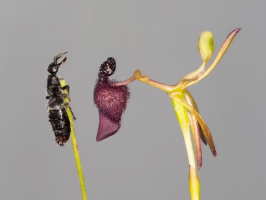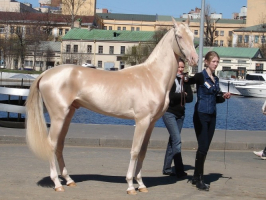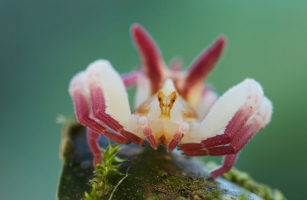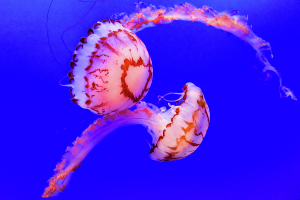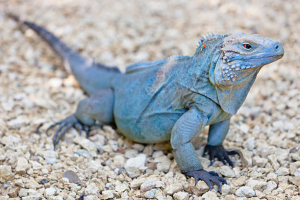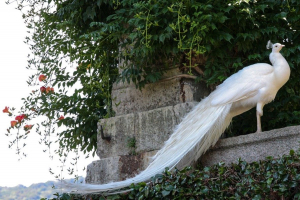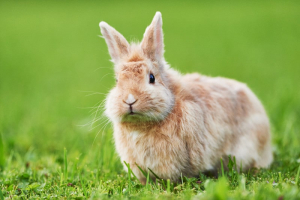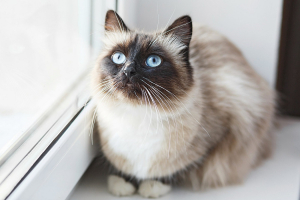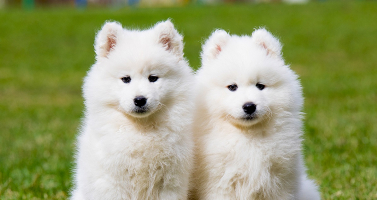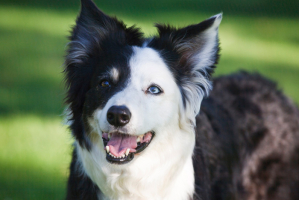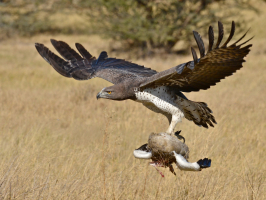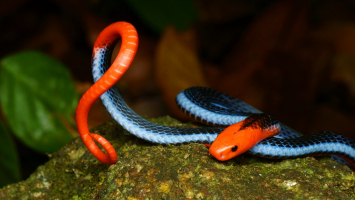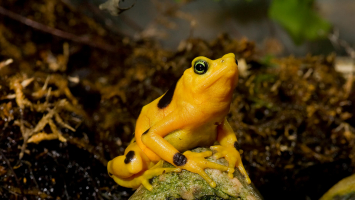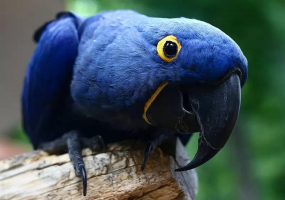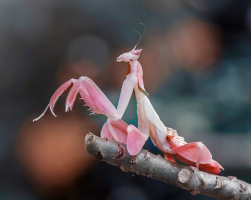Top 10 World's Most Beautiful Rabbit Breeds
Rabbits are becoming a more and more common pet every year. In addition to being smart and simple to train, many breeds get along well with kids. In addition ... read more...to these excellent reasons to acquire a pet rabbit, these animals are also cute and beautiful. They come in a variety of sizes, shapes, lengths of fur, colors, and patterns. Below is a list of the most beautiful rabbit breeds in the world, let's find out!
-
Even in the wild, rabbits are the epitome of fluffy cuddliness, although some are fluffier than others. The Angora Rabbit, which was bred expressly for its coat and whose soft, silky, long fur is used to manufacture Angora wool, is one of the fluffier types of rabbits. In the first half of the 18th century, the Angora, which had its origins in Turkey, was introduced to Europe. There are approximately 11 different Angora breeds, ranging in size from the diminutive English Angora, which weighs just 4 pounds, to the aptly titled Giant Angora, which weighs at least 12 pounds and can generate more than a pound of wool in a single shearing.
Angora rabbits require regular grooming due to the amount of their fluff. The fur might mat if the coat is not taken care of. The animal may become ill as a result, in addition to causing them agony. They are particularly prone to the condition known as a wool block. Rabbits eventually eat some of their own furs when they brush themselves. If it accumulates in the digestive tract, the rabbit won't be able to pass it, which could result in a blockage that is lethal. Therefore, routine shearing and plucking of the rabbit's fur benefit both the rabbit and the Angora wool industry.
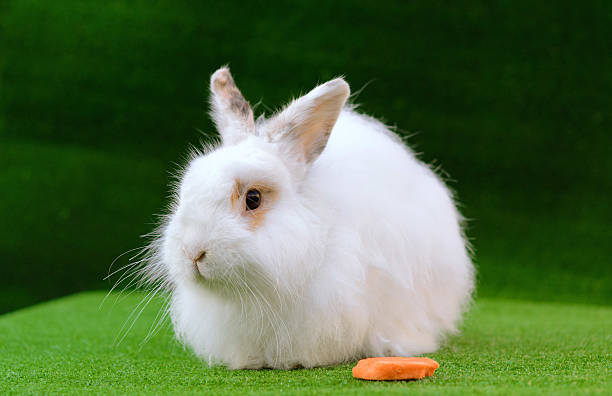
iStock 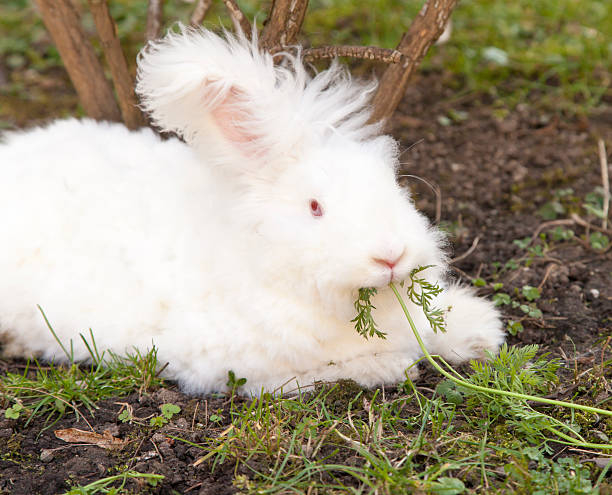
iStock -
Chinchilla Rabbits are a group of three rabbit breeds that have been bred for a coat that resembles that of chinchillas. Despite their name, they are not related to chinchillas, a type of rodent, and cannot interbreed with them. Rabbits are lagomorphs. A mutation diluted the yellow pigment in the hairs to almost white, changing in this way the color of the fur of the wild rabbit (agouti) into chinchilla. The Standard, American, and Giant Chinchillas are the three chinchilla rabbit breeds recognized by the American Rabbit Breeders Association (ARBA).
The chinchilla rabbit is well-known all over the world for its exquisitely lovely and fluffy coat. It is understandable why many people consider this breed to be among the cutest available. One of the richest grays may be seen in the long, glossy coat of the chinchilla. This coat is warm, rich, and as silky to the touch.
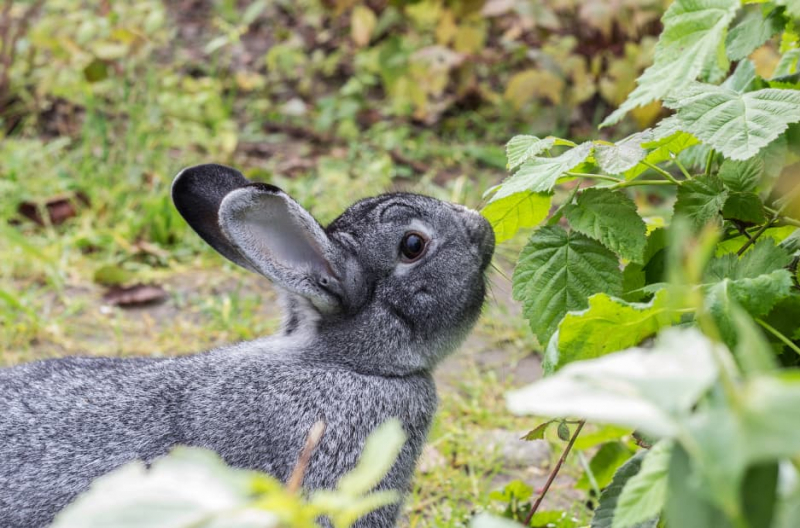
American Chinchilla Rabbit (Animal Corner) 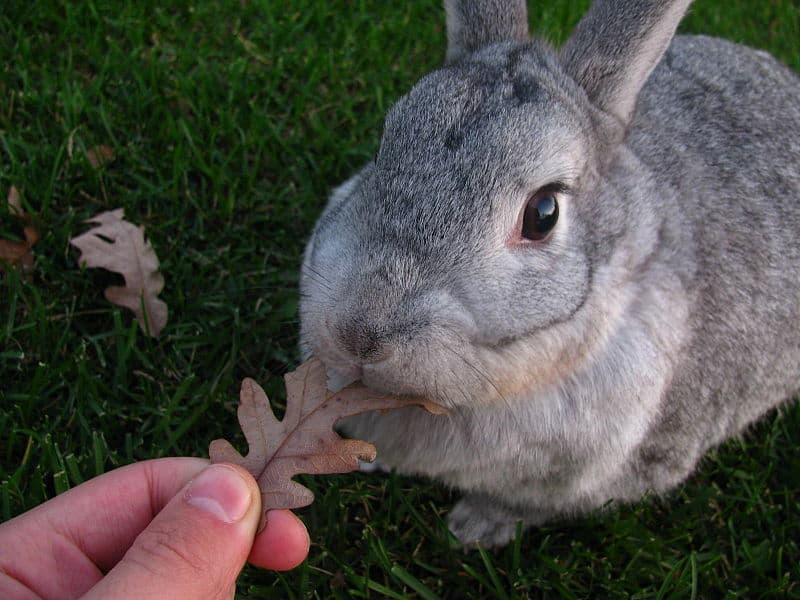
Giant Chinchilla Rabbit (Pet Keen) -
The Champagne D'Argent Rabbit is a French breed that originated in the Champagne region. In its native France, it is also referred to as the French Silvers breed. Although it may have been bred earlier, it is believed to have its roots in the 17th century. Early in the 20th century, the breed, which has a silver coat, was exported to England. They get along with other rabbits and can be sociable and caring with people if they receive early socialization. They are regarded as a sturdy breed and are prone to the same diseases as other rabbits, rather than experiencing any ailments unique to the species.
The breed is generally well-liked, however, there are regional differences in criteria. However, colors only truly apply if you're showing or entering your rabbit in competitions. In the US, there are only two acceptable color styles whereas there are five in the UK. If you’re looking for a loving and caring pet that will mix well with the whole family, including pets, it makes no difference whether you have a blue or a cream variant.
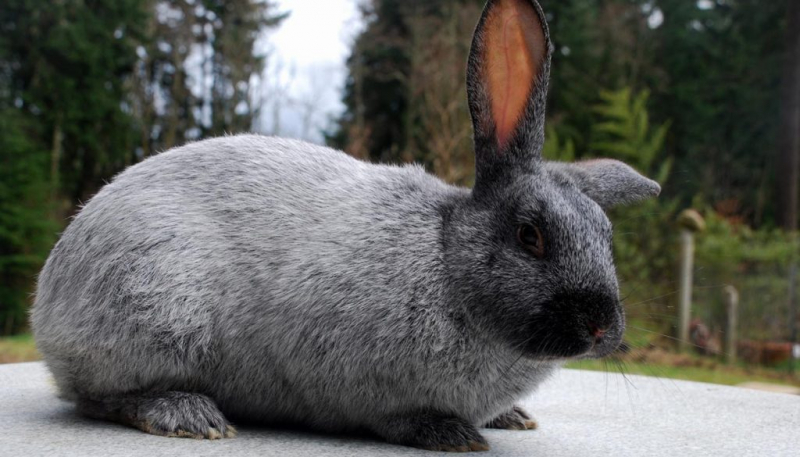
Domestic Animal Breeds 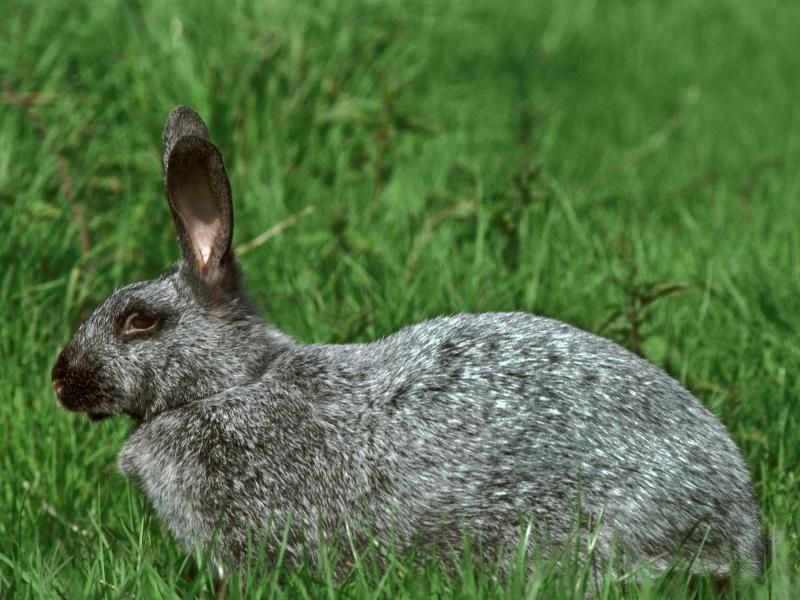
Rabbit Insider -
The Harlequin Rabbit is a colorful breed of rabbit originating from France. The classic Harlequin is made up of a mixture of white or orange and black or another color (without any silvering). It should be evenly colored in both hues, with the ideal head coloration being a blend of the two. The orange color is known as Japanese. Their coloration (not the name of the breed) may also be called magpie where the second color is white rather than orange.
The Harlequin rabbit is jovial, obedient, and perceptive. The rabbit can reply to its own name and is even litter box trained, like the majority of breeds. They are gentle. Japanese and Magpie harlequin rabbits are the two varieties available. While Magpie Harlequins are white (instead of orange) and either black, blue, chocolate, or lilac, Japanese Harlequins are typically orange. The head, ears, feet, and body of an "ideal" harlequin will be divided between the two colors. It kind of resembles a perfect stripe between the two hues. Some harlequins will have orange or white bellies; either is acceptable for exhibiting purposes.
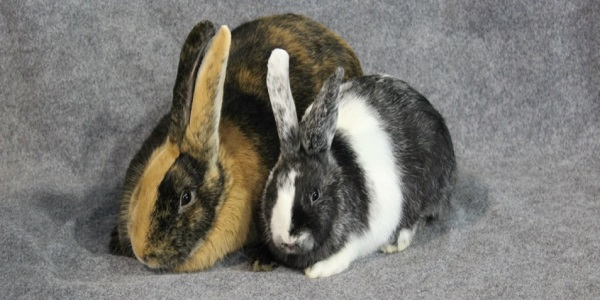
Livestocking 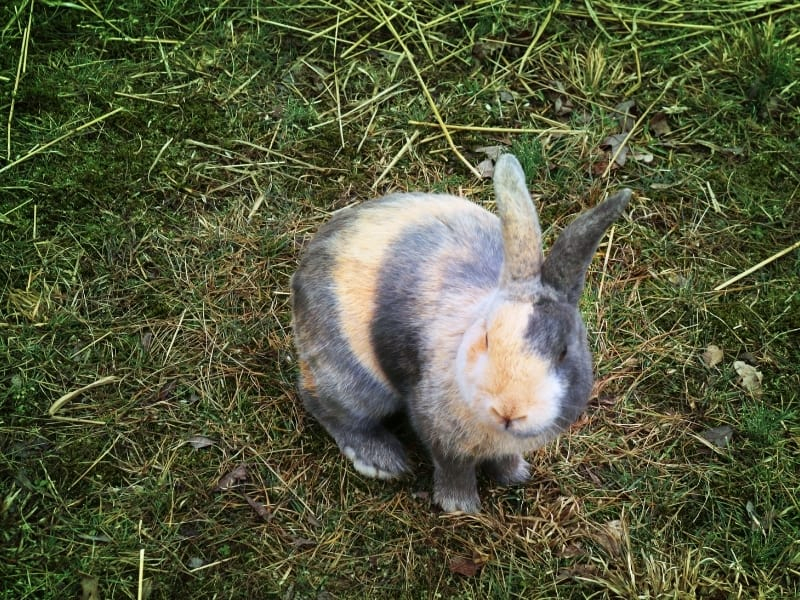
Northern Nester -
With less than 1,000 remaining in the world, the Creme D'Argent Rabbit is one of the rarest rabbit species. Only the United States and the United Kingdom have kept the Creme d'Argent alive, but organizations like ARBA are fighting to preserve the species. They are quite large and a lovely example of the rabbit species. These rabbits have bright orange undercoats beneath their creamy-colored outer coats.
Creme d'Argent would seem to indicate that this rabbit originated in France based on its name. Their precise origin is unknown in reality. France is credited with its creation because the eye-catching species was first mentioned in a French newspaper in 1877. Although it is currently believed that France is where the rabbits originated, no one is certain how or which species were utilized in their development. The second part of their name comes from one of the seven first kinds of Argent rabbits, which is likely where they came from. They started being bred in large numbers for their luxurious coats because their fur trimmings were so highly valued. These fluffy rabbits first came to America around 1924. Although they grew in popularity quickly, they fell just as fast. The breed has since become extinct in every country, including France, except for the U.S. and U.K.
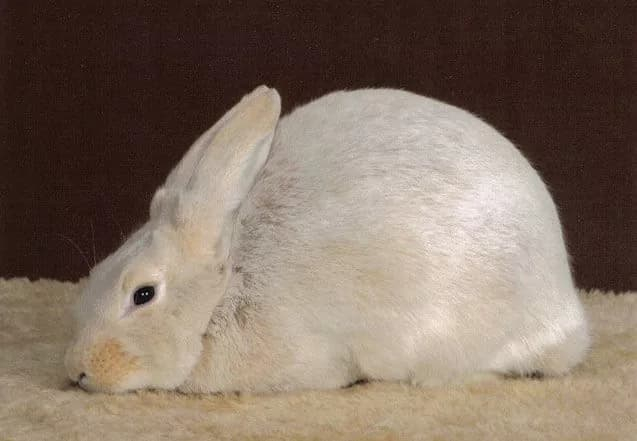
PetGuide 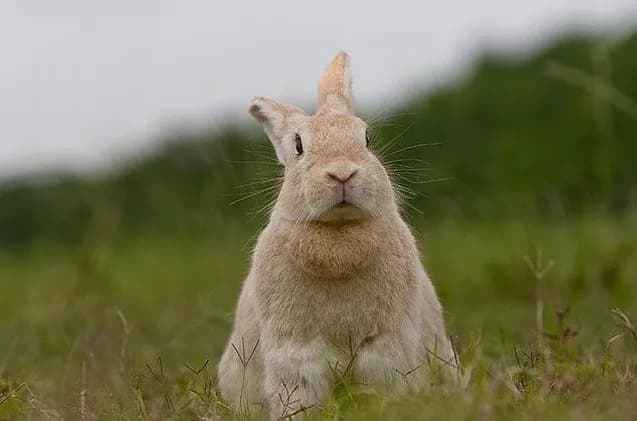
PetGuide -
Lop Rabbit or lop-eared rabbit refers to any rabbit with ears that droop, as opposed to being carried erect. The lop rabbit's ear carriage is its distinguishing characteristic. The majority of domestic rabbit breeds have erect ears, whereas lop types have loosely drooping ears, with the aperture of the ear facing the skull. The skull of many lop rabbits, with the exception of English Lops, contains a tiny bulge known as the crown because of the slightly raised cartilaginous ear base. According to legend, the head of a regular lop rabbit looks similar to a male sheep from the side.
Given that rabbits are unable to sweat, their close-to-the-surface blood arteries serve as a crucial thermoregulator. Ears may droop because the remainder of the ear structure cannot always adequately support the extra weight of a longer or thicker ear. Some newborn lop rabbits' ears may not develop their full adult droop until after the ear growth is complete. A lop rabbit's deformed ears impede them from detecting predators and from keeping a normal body temperature. These two drawbacks prevent them from living in harsh outdoor environments.
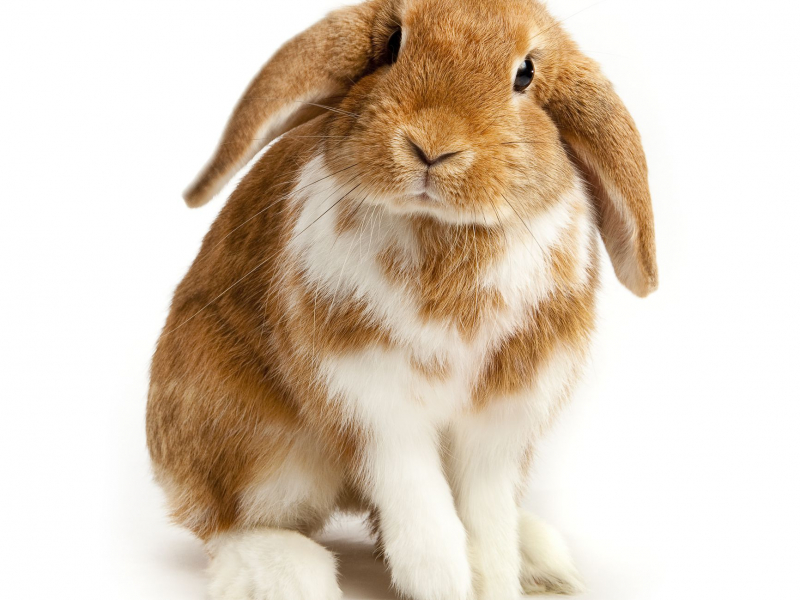
The Spruce Pets 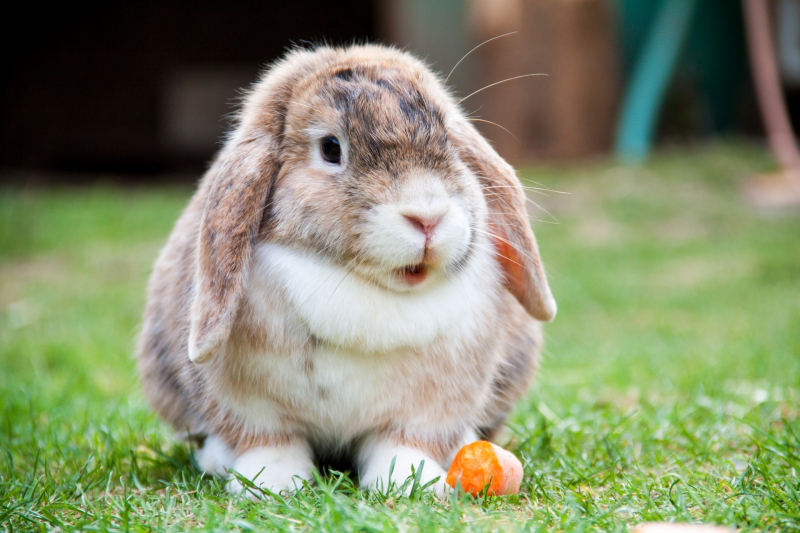
iStock -
The Palomino Rabbit is a breed of rabbit, first bred in the United States. Mark Youngs of Lone Pine Rabbitry in Coulee Dam, Washington, developed the Palomino rabbit. It was based on Youngs' earlier American Beige breed. At the national meeting of the American Rabbit Breeders Association in 1952, the breed was given its first name. In 1953, the term "Palomino" was chosen, and the breed was recognized in 1957. In the 1960s, the breed spread more widely.
Palomino rabbits are larger than most other breeds and have fawns brown fur and brown eyes. They resemble New Zealand rabbits in appearance and come in two major color varieties: golden and lynx. As with the palomino horse, the rabbit gets its name from its color.
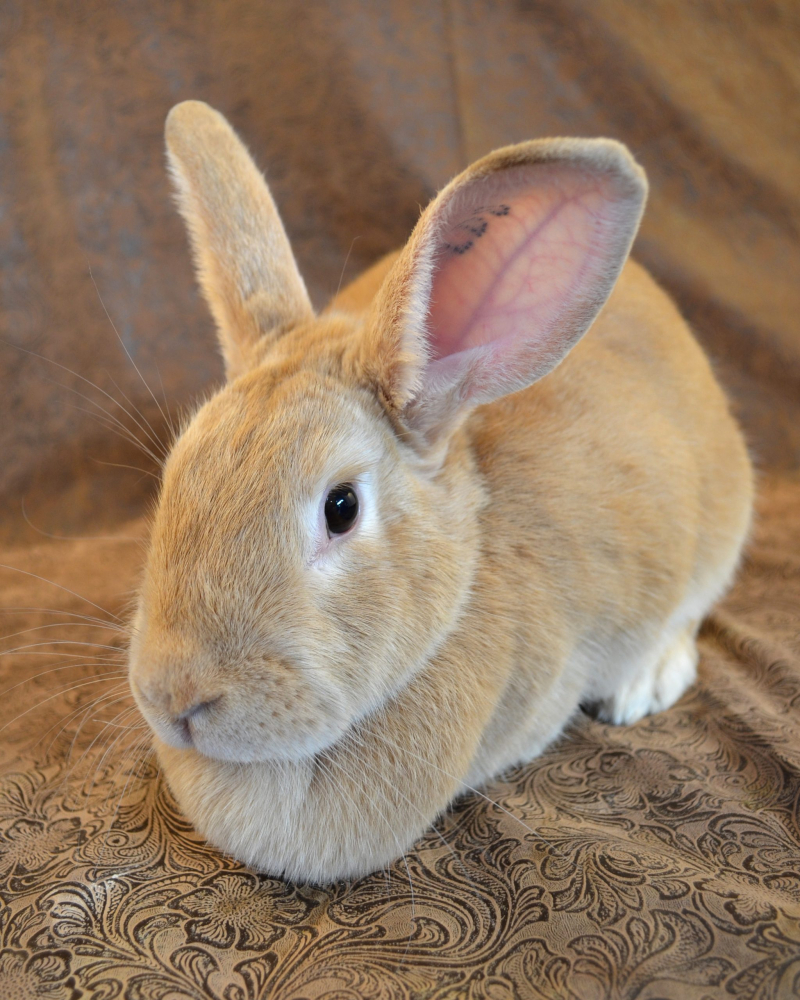
The Livestock Conservancy 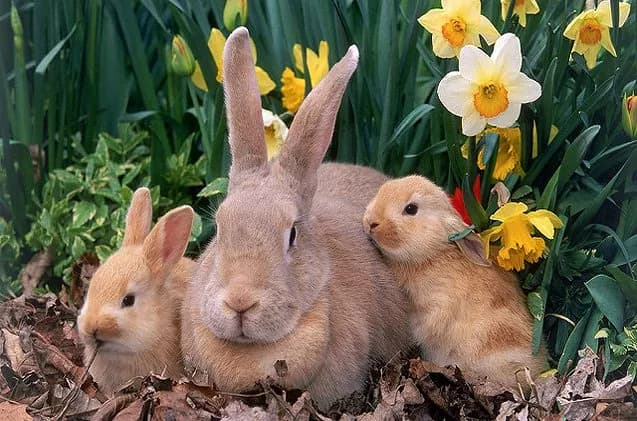
PetGuide -
The Polish Rabbit is a small domestic rabbit breed that is frequently raised by fanciers (as opposed to hobbyists) and frequently displayed in rabbit competitions. The Polish rabbit, despite its name, probably originated in England rather than Poland. The breed known as Polish in the UK is known as Britannia Petite in the US. The Polish breed is not known to exist in the UK.
Polish rabbits are petite and have short ears that touch at the base and the tips. With broad cheeks and expressive eyes, this breed has a small head. The Polish rabbit is frequently mistaken for the Netherland Dwarf due to their similar small size, despite the Polish being somewhat larger and has a different head shape. The two breeds also differ greatly in terms of body types, colors, and coat composition. The acceptable weight range for a Polish rabbit in the US is between 212 and 312 pounds, with 212 pounds being the ideal weight.
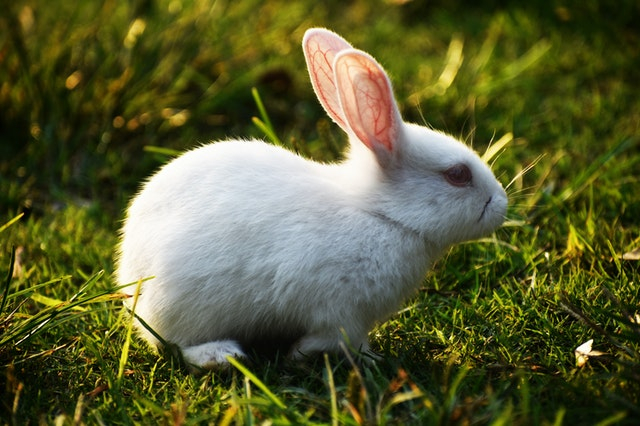
Rabbits Life 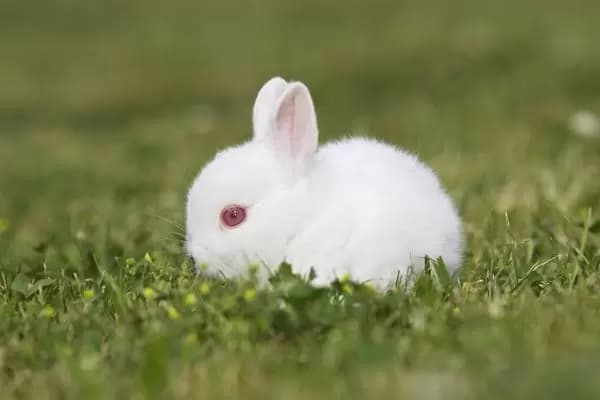
iStock -
The Silver Fox Rabbit is a rare breed of domestic rabbit developed by Walter B. Garland of North Canton, Ohio, and bred for meat, show, and its unique fur. Formerly known as the American Silver Heavyweight, Silver Foxes gained their current name four years after being recognized by the ARBA. Likened to the silver coloring phase of a red fox, the former Heavyweight’s mouthful of a name was made more user-friendly in an attempt to popularize the breed.
The Silver Fox possesses fur that is distinct from almost every other breed of rabbit, most notably for their abundance of silver hairs on a black base coat. One of the few rabbits with "stand up" fur, the Silver Fox's coat won't "fly back" into place right away when rubbed against the grain, unlike other rabbits whose coats do. It possesses all the traits of a large, commercial rabbit: a highly muscled frame, appropriate width and depth, and a velvety coat. It is most likely descended from Giant stock. For females to meet displaying requirements, a weight of up to 12 pounds is permissible, while rabbits kept as pets hardly ever weigh more than this.
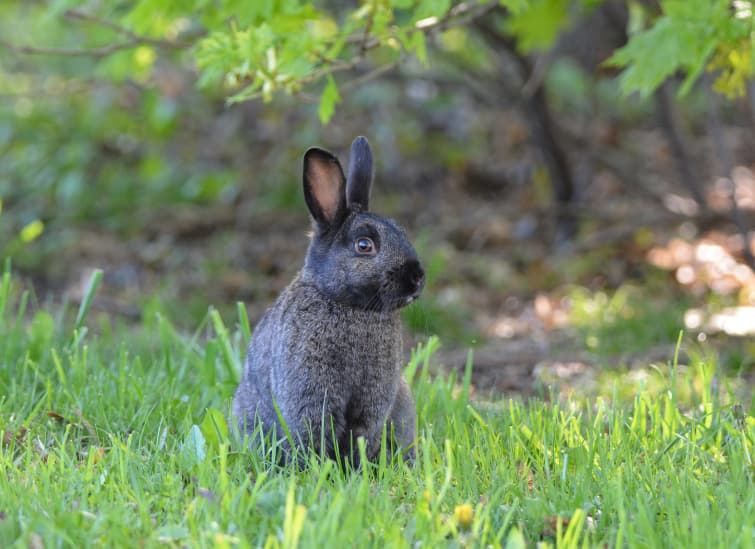
Animal Corner 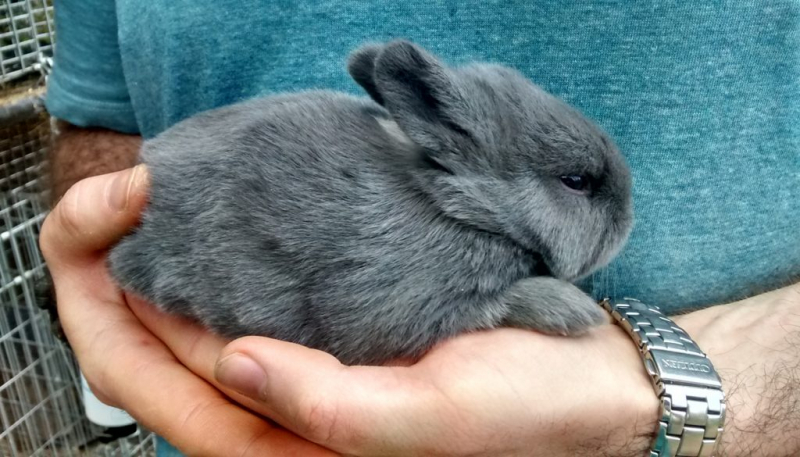
Domestic Animal Breeds -
The English Spot Rabbit is a breed of domestic rabbit that was developed in England in the 19th century through selective breeding. The English Spot is a medium-sized breed that weighs 5 to 8 pounds on average. It is distinguished by its body patterns, which include a butterfly-shaped snout, eye circles, cheek spots, herringbone, colored ears, and a chain of spots. The English Spot has flyback fur. Seven distinct variants of the breed exist, including black, blue, chocolate, lilac, tortoise, gray, and gold. English Spots have full arches in their bodies and long front legs that enable them to stand up from a table.
The lively English Spot needs a couple of hours per day to run around. They sleep during the day and are most active in the morning and at night. The English Spot is judged while it runs the length of a table because of its arched body type, which enables the animal's body type to be thoroughly evaluated. An active lifestyle is accompanied by a voracious hunger. Like most rabbits, an English Spot rabbit's diet mostly consists of hay, a roughage that lowers the risk of blockages and malocclusion while supplying the indigestible fiber required to keep the digestive tract working.
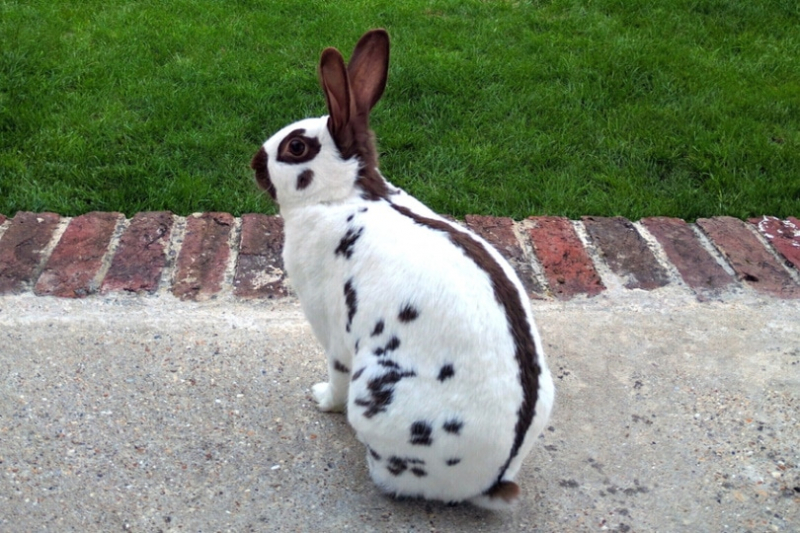
Pet Keen 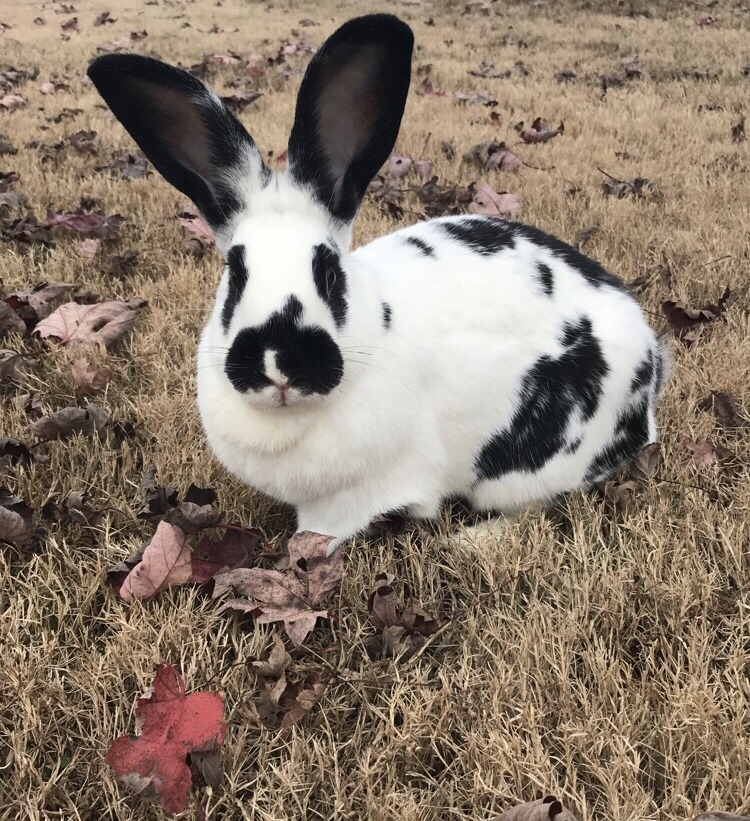
Animal Corner












